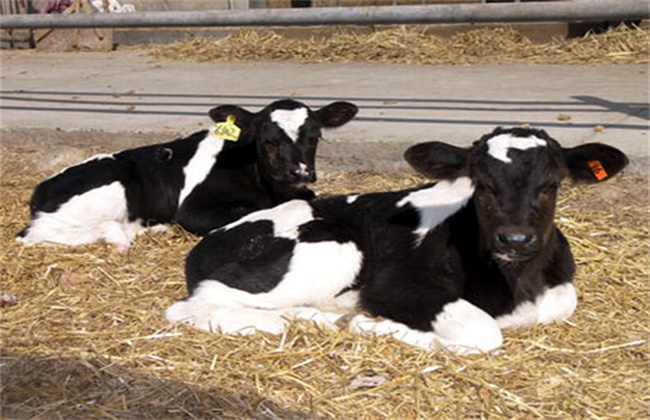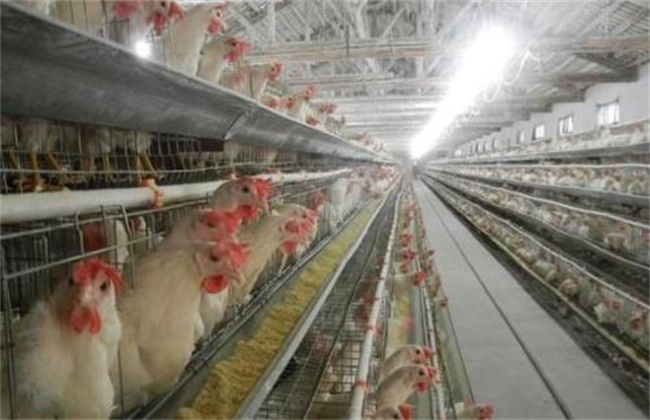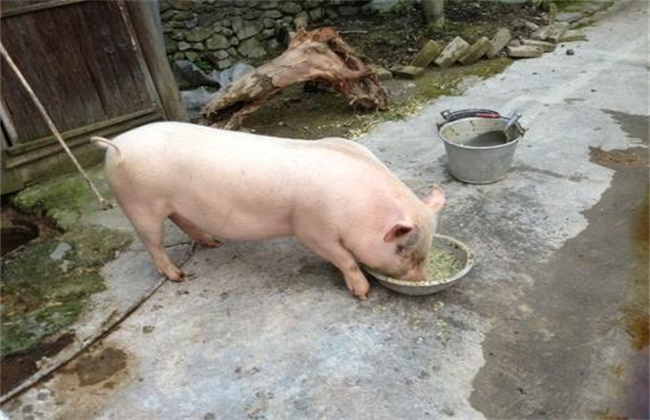Digestive physiological characteristics of calves
Raising cattle is also very common in our daily life. When raising cattle, the breeding of calves is particularly important, which is the key point to ensure the healthy growth of calves. If we want to raise calves well, then first of all, we need to understand the digestive physiological characteristics of calves, understand clearly in order to ensure that calves eat and absorb nutrients, and so on. So the editor brings you the digestive physiological characteristics of calves today. Let's take a look at it.

1. Characteristics of stomach
A calf is a calf after birth until it is weaned. The digestive system of calves is not fully developed about a month before the calf is released. Rumen, reticulum and so on are not complete, although the rumen of calves at this time has a larger stomach chamber, but also does not have any digestive capacity. At this time, the digestion of calves is mainly stomach flap. When calves are breast-fed, there is a natural reflex in the calves, forming a tubular structure in the body, allowing milk to enter directly into the abomasum to digest. Calves at this stage should also be called monogastric animals.
2. Characteristics of abomasum.
Calves generally account for about 70% of the capacity of their abomasum in their growth. But in adulthood, the proportion is only about 8%. Calves are very weak in protease digestion when they do not use the rumen as the main digestive organ. Therefore, we need to use milk as a diet before the development of the rumen of calves is complete. At this time, the abomasum is the main digestive organ, and the Chymosin produced by the abomasum will be digested. With the increase of calf age, the activity of lactase decreased. In addition, the activities of enzymes such as maltase in the digestive system of calves are also relatively low, but they begin to increase with age.
3. Rumen characteristics.
With the growth and development of calves, the various organs and functions of calves will be gradually enhanced. At about three weeks of age, microbes in the rumen begin to move. The nipples on the inner wall of calves also begin to develop, and the rumen and reticulum gradually increase. At this time, calves will begin to feed on plants, and microorganisms will produce a fermentation effect on the feed, which is very good for the development of the rumen. Then, with the gradual enhancement of rumen function, calves begin to regurgitate.
4. Reasonable feeding
Calves grow very fast after birth. However, its adaptability is relatively poor, especially for the changes in the surrounding environment, can not adapt effectively and timely. Therefore, it is easy to be affected by the adverse environment, which leads to disease in calves and, in serious cases, death. Diarrhea is a common disease in calves, which is mainly caused by nutritional and non-nutritional factors. At the same time, it is directly related to the digestive system of calves, so when we feed calves, we should pay attention to reasonable feeding according to the digestive characteristics of calves.
The above is a brief introduction to the digestive physiological characteristics of calves. That's all for today's introduction. This article is for reference only. I hope it can be helpful to everyone.
Related
- On the eggshell is a badge full of pride. British Poultry Egg Market and Consumer observation
- British study: 72% of Britons are willing to buy native eggs raised by insects
- Guidelines for friendly egg production revised the increase of space in chicken sheds can not be forced to change feathers and lay eggs.
- Risk of delay in customs clearance Australia suspends lobster exports to China
- Pig semen-the Vector of virus Transmission (4)
- Pig semen-the Vector of virus Transmission (3)
- Five common causes of difficult control of classical swine fever in clinic and their countermeasures
- Foot-and-mouth disease is the most effective way to prevent it!
- PED is the number one killer of piglets and has to be guarded against in autumn and winter.
- What is "yellow fat pig"? Have you ever heard the pig collector talk about "yellow fat pig"?



